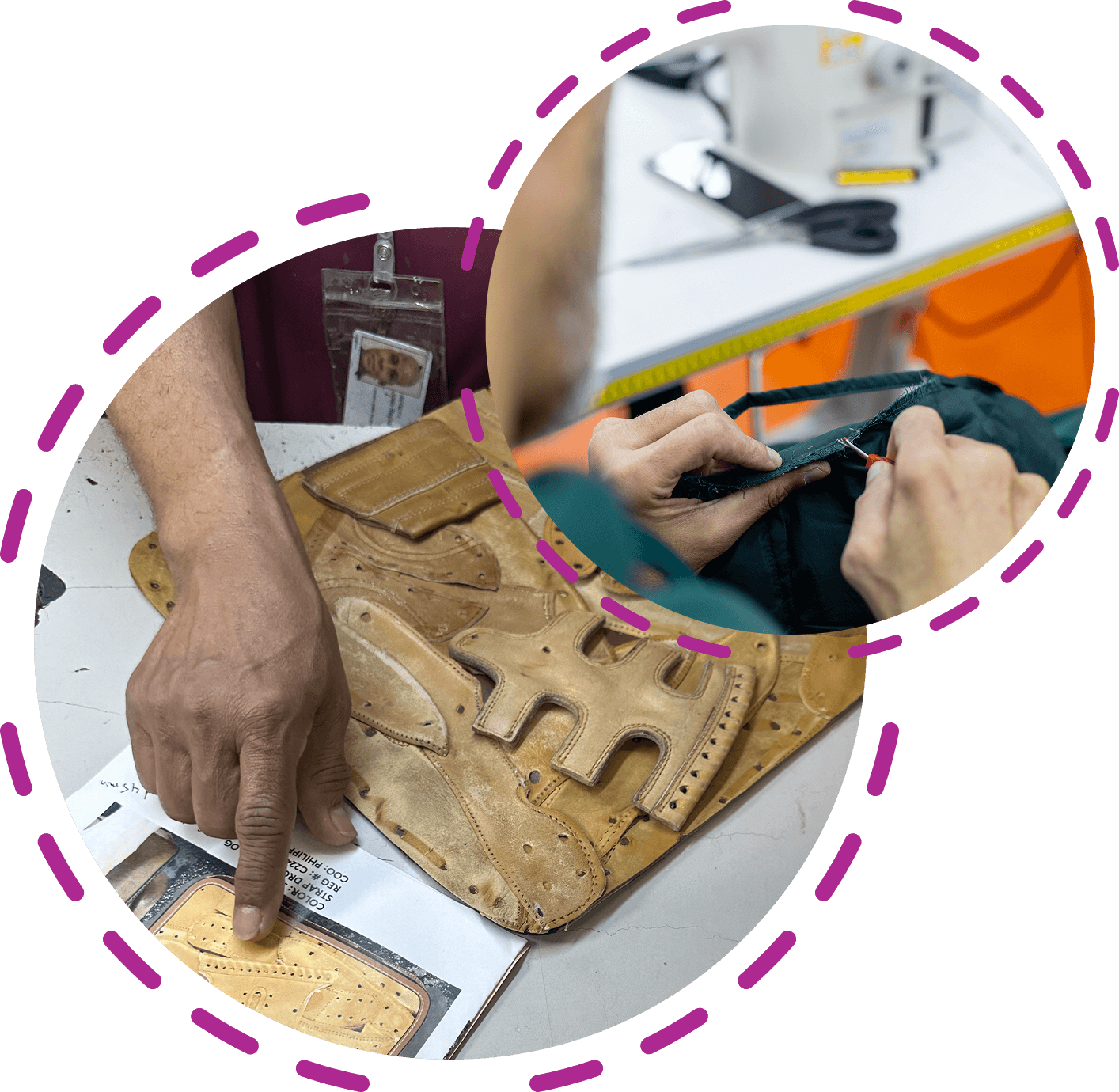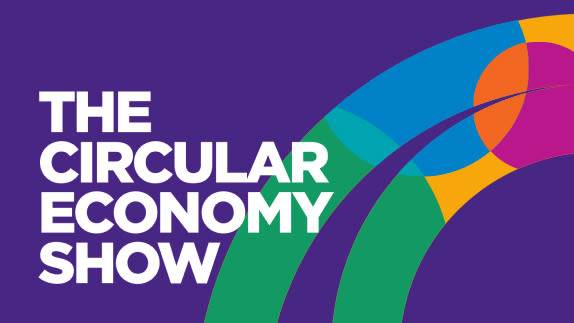This page is part of a guide on scaling circular business models in fashion. The insights here have been developed from analysis of the fashion sector, but will be relevant to other sectors.
Scaling circular business models to meet climate ambitions
Only when circular business models are recognised within the full range of solutions needed to achieve climate ambitions can emissions reductions occur at the pace and scale required. When calculated correctly, climate benefits can be a compelling part of the business case for circular business models.
Promising efforts are being made to decarbonise the fashion industry. Yet, existing efforts alone, on upstream decarbonisation, transitioning to renewables, and improved efficiencies, will not sufficiently reduce emissions to reach climate ambitions. To achieve these ambitions, the industry needs to decouple economic activity from virgin material use, utilising existing products and their embodied energy.
Efforts to scale circular business models can indirectly reduce emissions associated with upstream fibre, fabric, and garment manufacturing (estimated up to two-thirds of total value chain emissions), presuming rebound effects are effectively considered as part of the design and delivery of repairrepairOperation by which a faulty or broken product or component is returned back to a usable state to fulfil its intended use., rental, resale, and remaking offerings. As an opportunity for both economic growth and reaching climate ambitions, every 1% increase in circular business models' market share could reduce GHG emissions by 13 million tonnes.
There is an opportunity for businesses to meet climate ambitions by articulating the value of circular business models to stakeholders, including actions to:
Incorporate metrics that demonstrate the climate opportunity for circular business models as part of making the business case.
Highlight further efforts needed to recognise the climate-mitigating potential of circular business models, taking the necessary steps to overcome them.

Incorporate metrics that demonstrate the climate opportunity of circular business models
Today, small-scale circular business model offerings mean the demonstrable climate impact is, by default, restricted and often absent from business climate strategies. However, work to amend this is underway. To articulate how circular business models could deliver on climate mitigation, businesses are quantifying the emissions impact to support the business case. Businesses often use a combination of climate metrics for different stakeholders.
Five critical metric categories used in business decision-making today, listed from most often to least often:
You can read more about these five metric categories in a dedicated deep dive. Ultimately, the usefulness of a metric is often judged by how much it can evidence a contribution towards meeting climate ambitions set by organisations and the fashion industry. Explore the full suite of climate metrics, alongside other benefit metrics, to support building the business case within your organisation.
Nature-based opportunities:
Beyond climate, nature-based opportunities of circular business models are emerging. While nascent, nature benefits are also relevant for circular business models, including improvements across water use, pollution, and biodiversity. For example, measuring the reduced virgin material extraction and processing as part of introducing a circular business model.
Guidance on dependencies, risks, and opportunities for nature is provided by the Taskforce for Nature-related Financial Disclosure (TNFD).



Drive awareness of further efforts needed to recognise the climate-mitigating potential of circular business models.
To articulate and strengthen emissions-based calculations, a range of actors are bridging the gap between assumptions and reality. You can stay informed of developments and get involved:
Respond to the GHG Protocol’s standards and guidance update work over 2025 and 2026, and encourage your stakeholders to feed in too. The Greenhouse Gas Protocol is the world’s most widely used emissions accounting framework. The corporate standards and guidance are currently being updated, with the potential to improve emission data to more fairly and accurately account for circular economy activities. The GHG Protocol anticipates releasing draft standards/guidance for public consultation in 2026.
Engage with policymakers to help accelerate the shift. Businesses are uniquely placed to inform solutions and identify gaps in the regulatory landscape for a circular economy. For example, businesses can help put the circular economy on the global climate agenda and give it the prominence afforded to other important emission reduction activities such as energy efficiency and reforestation.
Adopt methodologies to improve the accuracy of assumptions, ultimately replacing assumptions with evidence-based data points. For example, WRAP has introduced a displacement methodology to help businesses standardise displacement rate calculations — the rate at which buying, renting, or repairing an item through a circular business model displaces the purchase of a new item.








